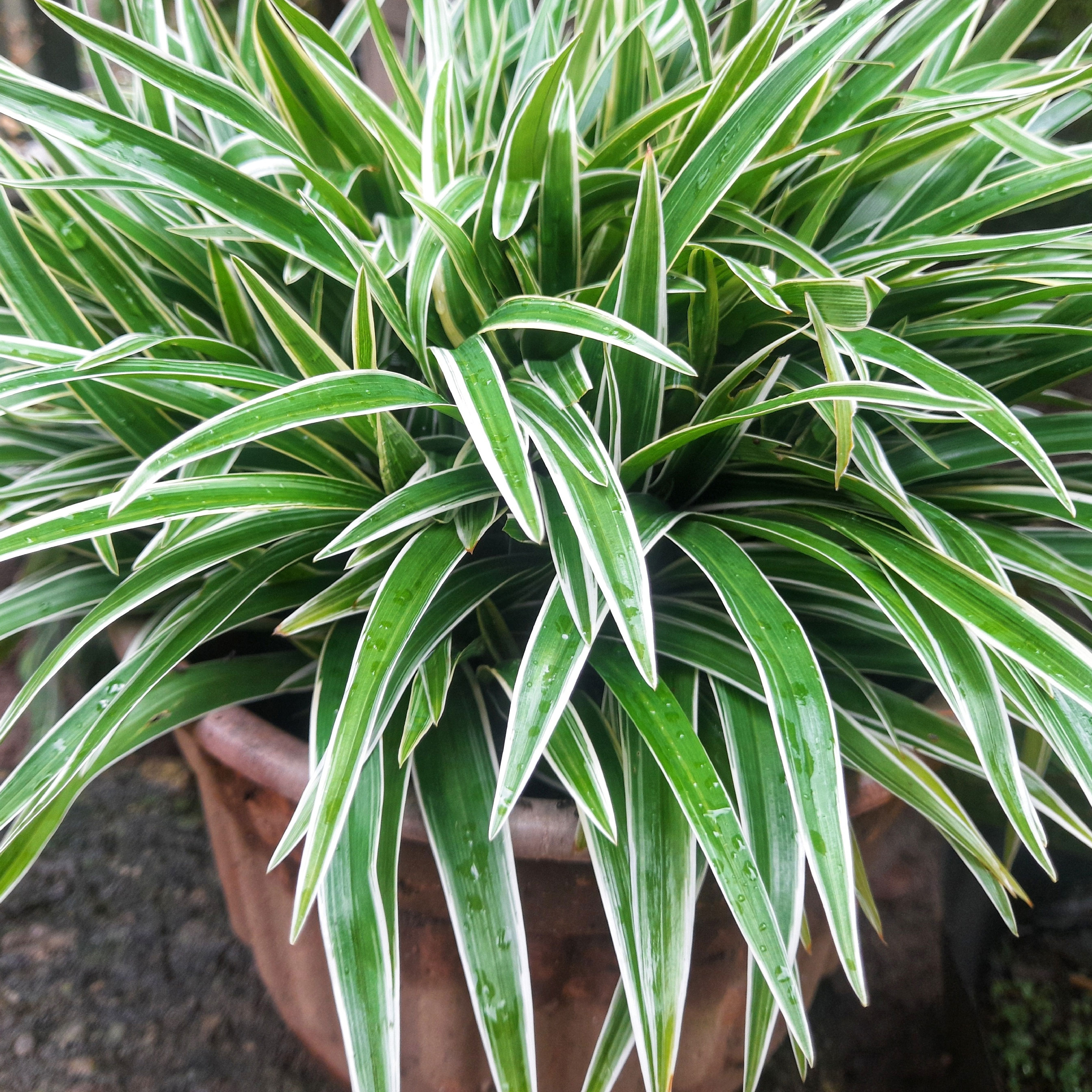Lettuce Big Vein Virus Info – Treating Big Vein Virus Of Lettuce Leaves
Lettuce isn’t difficult to grow, but it sure does seem to have its share of issues. If it isn’t the slugs or other insects devouring the tender leaves, it’s a disease like lettuce big vein virus. What’s big vein virus of lettuce? Read on to learn how to identify lettuce with big vein virus and how to manage big vein lettuce virus.
What is Big Vein Virus of Lettuce?
Big vein lettuce virus is a viral disease. Both Mirafiori Lettuce Big Vein Virus (MLBVV) and Lettuce Big Vein Associate Virus (LBVaV) are associated with big vein infected lettuce plants, but only MLBVV has been identified as a causal agent. It is certain, however, that this viral disease is transmitted by an oomycete, Olpidium virulentus, previously known as O. brassicae – also known as water mold. This virus is fostered by wet, cool conditions such as cool spring weather. It has a large host range and can survive for at least eight years in the soil.
Symptoms of Big Vein Lettuce Virus
As the name suggests, plants infected with big vein lettuce virus have abnormally large leaf veining. Also, sometimes only a rosette forms and no head, or heads are generally stunted in size. Leaves are also often mottled and ruffled.
Management of Lettuce with Big Vein Virus
Since the disease remains viable for such a lengthy period in the soil, one would think that crop rotation would be a cultural method for control, and it is if the rotation is many years long. In garden spaces with a history of big vein, avoid planting susceptible crops specifically during cool, wet spring and fall, and in poorly draining soil. Use big vein resistant cultivars and select garden space that has not previously been planted with lettuce. Always remove crop detritus rather than working it into the soil to minimize infection. Treating the soil with steam can reduce the population of both the virus and the vector. While severely infected plants become so deformed they certainly can’t be sold, those with minimal damage can be harvested and, in the case of commercial farming, marketed. The home gardener can use his or her own judgment on whether or not the lettuce should be consumed, but it is more a matter of aesthetics than anything else.
Gardening tips, videos, info and more delivered right to your inbox!
Sign up for the Gardening Know How newsletter today and receive a free copy of our e-book "How to Grow Delicious Tomatoes".

Amy Grant has been gardening for 30 years and writing for 15. A professional chef and caterer, Amy's area of expertise is culinary gardening.
-
 Want To Know How To Make A Spider Plant Bushier? 4 Secrets For Lush & Bushy Spiders
Want To Know How To Make A Spider Plant Bushier? 4 Secrets For Lush & Bushy SpidersAre you looking for ways to make your spider plant look bigger or more dramatic? Follow these quick and easy tips on how to make a spider plant bushier
By Teo Spengler
-
 What Is A Pollinator Garden? Grow Gorgeous Blooms While Benefiting Your Local Ecosystem
What Is A Pollinator Garden? Grow Gorgeous Blooms While Benefiting Your Local EcosystemPollinator gardens look great and also provide a diverse ecosystem that benefits your local pollinating insects and animals. Get started today with this guide!
By Bonnie L. Grant